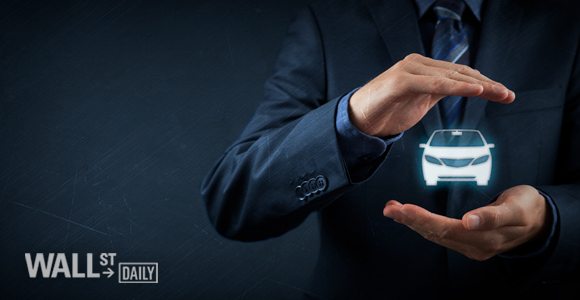
Volkswagen (VLKAY) has endangered the future of the world’s automobile industry. By tampering with the emission control systems on its diesel cars, it’s opened the entire sector up to restitution.
Like the banking sector, which has been fined $200 billion and counting since the crash in 2008, the political system may start using the automobile sector as a cash machine – syphoning off its profits whenever the need to build additional bureaucracy arises.
There’s just one problem with this: It will subject the entire automotive sector to the dictates of bureaucrats, and remove any semblance of market incentives from it.
The economic effect of this won’t be pretty.
Volkswagen tweaked its cars controls so the cars worked one way while being used normally and another more environmentally way when being tested.The company should have realized this tampering would inevitably be discovered.
The company should’ve realized this tampering would inevitably be discovered. These days, with the awareness of climate change and emissions, authorities are bound to take environmental threats very seriously.
You see, nitrogen oxides are among the nastier pollutants emitted by automobiles. They’re not just contributors to global warming, like carbon dioxide, they’re actually poisonous to humans. Authorities must be swift and harsh to prevent a slippery slope, too. Emission standards could become a laughing stock if manufacturers can evade them through electronic means.
Still, the country’s economic history gives some insight into Volkswagen’s motivation.
U.S. Corporate Average Fuel Economy standards, introduced in 1975, contributed largely to the bankruptcy of U.S. automobile manufacturers at that time. U.S. carmakers mainly produced the larger cars preferred by consumers, rather than the econoboxes made in Europe and Asia.
If the goal was to push people towards smaller cars, the United States should have put an additional tax on gasoline. That would have pushed high-mileage users with limited budgets into smaller cars. Low-mileage or affluent users with traditional tastes could have paid the additional cost of rumbling around in updated 1959 Cadillacs, rocket ship tail fins and all.

















Leave A Comment